The Origins of Moroccan Cuisine
Moroccan cuisine has a rich history that reflects a blend of various cultures and traditions. It draws influences from Berber, Arab, Andalusian, and Mediterranean cuisines, creating a unique culinary tapestry. Moroccan baked chicken is a prime example of this fusion, showcasing the country’s diverse ingredients and cooking methods. Traditionally, dishes were prepared using local produce, spices, and meats, which were influenced by trade routes and migration patterns.
Historically, Morocco’s geographical location made it a crossroads for traders. As a result, chefs incorporate spices and techniques from different regions into Moroccan cooking. Moroccan baked chicken often reflects these historical influences by marrying spices and cooking methods that generations have passed down. Additionally, communal dining plays a significant role in Moroccan culture, as people enjoy meals like Moroccan baked chicken in a shared setting, emphasizing the importance of togetherness and hospitality in Moroccan society.
Key Ingredients in Moroccan Baked Chicken
To create an authentic moroccan baked chicken, specific ingredients are essential. These components not only enhance the flavor but also reflect the essence of Moroccan cooking. Key ingredients include:
- Chicken: Preferably bone-in pieces for moisture and flavor.
- Olive Oil: Used for marinating and roasting, adding richness.
- Lemon: Fresh lemon juice adds brightness and acidity.
- Garlic: Offers a robust flavor that complements the chicken.
- Spices: Cumin, coriander, paprika, and cinnamon are crucial for an authentic taste.
- Herbs: Fresh cilantro and parsley bring freshness to the dish.
These ingredients work harmoniously to ensure that moroccan baked chicken is not only flavorful but also aromatic. By combining these elements, the dish captures the essence of Moroccan culinary traditions, making it a beloved choice for family gatherings and special occasions alike.
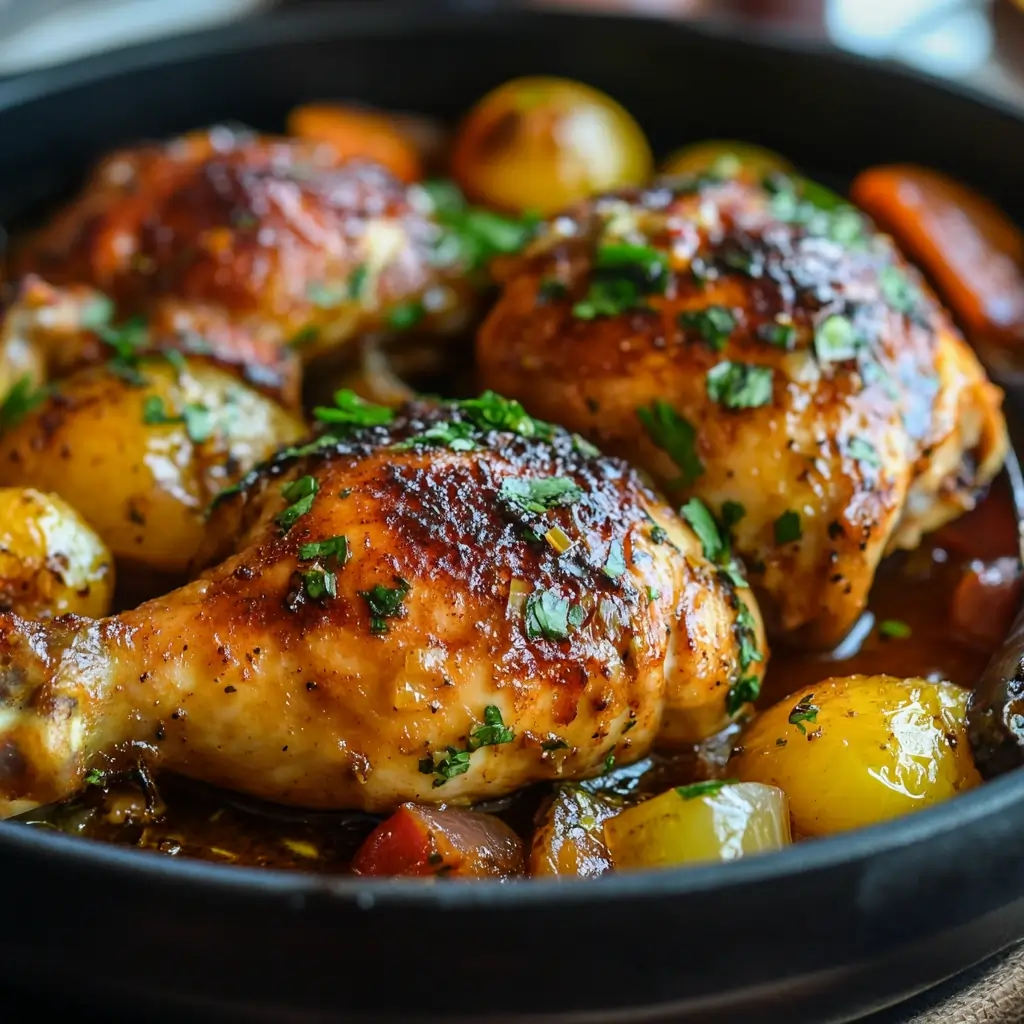
The Magic of Moroccan Spices
Spices are the heart of Moroccan cooking, and they play a pivotal role in crafting the perfect moroccan baked chicken. The blend of spices creates a depth of flavor that is both exotic and comforting. Here are some essential spices used in this dish:
- Cumin: Adds an earthy and warm flavor.
- Paprika: Provides sweetness and vibrant color.
- Cinnamon: Introduces a hint of sweetness and warmth.
- Turmeric: Offers a beautiful golden hue and subtle bitterness.
When preparing moroccan baked chicken, it is crucial to balance these spices. They should enhance the chicken’s natural flavor without overpowering it. Moreover, marinating the chicken in a spice blend allows the flavors to penetrate, resulting in a tender and succulent dish. The magic of these spices is that they not only season the chicken but also transform it into a culinary experience that captures the essence of Moroccan heritage.
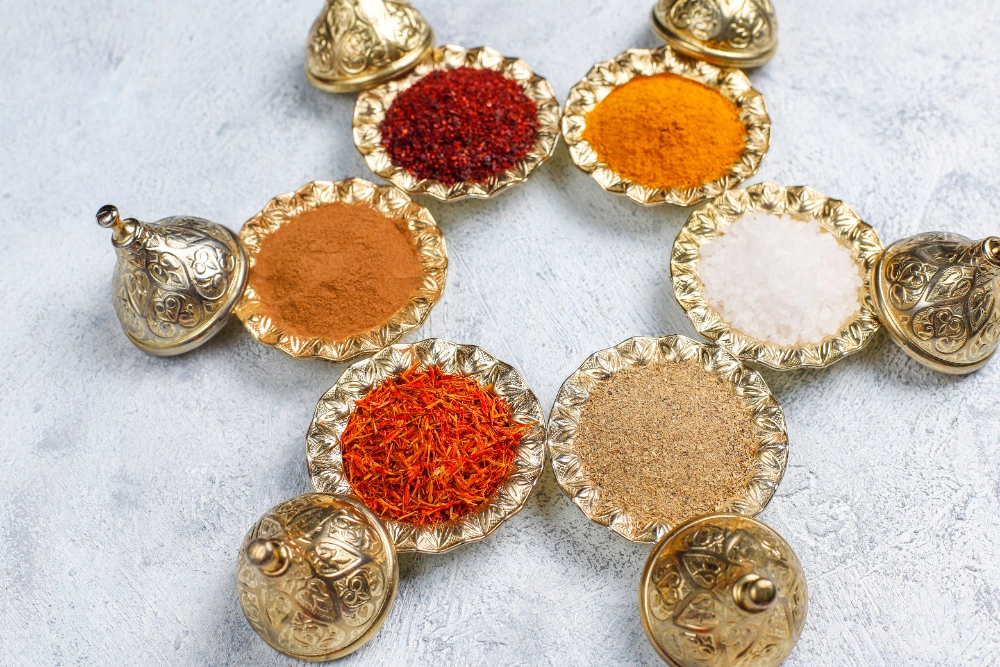
Step-by-Step Recipe for Moroccan Baked Chicken
Creating a delicious moroccan baked chicken involves a few simple steps. Here’s a straightforward recipe to help you prepare this delightful dish.
Ingredients:
- 1 whole chicken (about 3-4 pounds)
- 1/4 cup olive oil
- Juice of 2 lemons
- 4 cloves of garlic, minced
- 2 teaspoons cumin
- 2 teaspoons paprika
- 1 teaspoon cinnamon
- Salt and pepper to taste
- Fresh cilantro and parsley for garnish
Instructions:
- Marinate the Chicken: In a bowl, combine olive oil, lemon juice, garlic, cumin, paprika, cinnamon, salt, and pepper. Coat the chicken thoroughly in this mixture. Ideally, let it marinate for at least 2 hours, or overnight for deeper flavor.
- Prepare the Oven: Preheat your oven to 375°F (190°C).
- Bake the Chicken: Place the marinated chicken in a roasting pan. Pour any remaining marinade over the chicken. Cover with foil and bake for 1 hour. Remove the foil and bake for an additional 30 minutes, or until the chicken reaches an internal temperature of 165°F (74°C) and the skin is golden and crispy.
- Serve: Let the chicken rest for 10 minutes before carving. Garnish with fresh cilantro and parsley, and serve with your choice of sides.
This recipe for moroccan baked chicken is straightforward yet rewarding. It highlights the rich flavors of Moroccan spices while ensuring that the chicken remains juicy and tender throughout the cooking process.
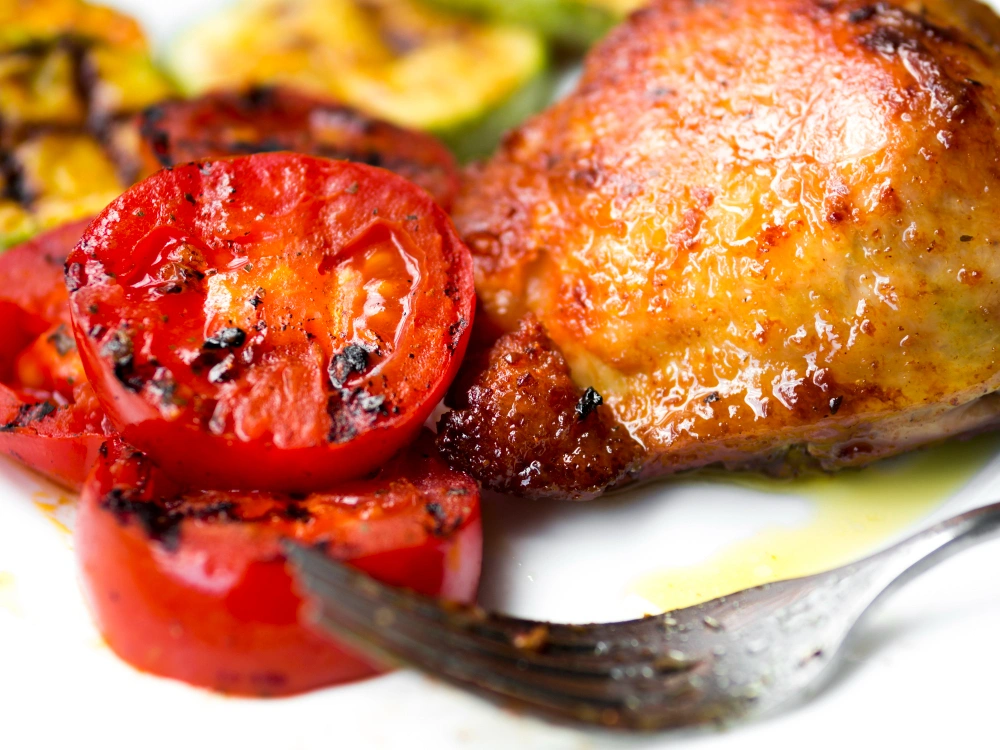
Pairing Moroccan Baked Chicken with Sides
Pairing your moroccan baked chicken with complementary sides can elevate your meal experience. Here are some traditional side dishes that work beautifully:
- Couscous: This fluffy grain serves as an ideal base, absorbing the chicken’s flavorful juices.
- Roasted Vegetables: Seasonal vegetables roasted with olive oil and spices add a colorful and nutritious element.
- Flatbread: Moroccan bread, such as khobz, is perfect for soaking up the delicious sauce.
- Salad: A fresh salad with tomatoes, cucumbers, and olives can provide a refreshing contrast.
When selecting sides for moroccan baked chicken, consider the balance of flavors and textures. The sides should complement the spices and richness of the chicken, creating a harmonious dining experience. Additionally, serving a variety of sides can enhance the meal, allowing guests to mix and match according to their preferences.
Cultural Significance of Sharing a Moroccan Meal
In Moroccan culture, sharing a meal holds significant importance. The act of dining together fosters a sense of community and connection. Moroccan baked chicken often serves as a centerpiece during family gatherings and celebrations, symbolizing hospitality and warmth.
Traditionally, meals are served on a large communal platter, from which everyone takes their share. This communal approach encourages conversation and bonding among family and friends. Moreover, food is often regarded as a way to honor guests, and serving dishes like moroccan baked chicken showcases the host’s generosity and culinary skills.
Sharing a meal is more than just nourishment; it is an opportunity to celebrate traditions, stories, and relationships. This cultural significance enriches the experience of enjoying moroccan baked chicken, making it not just a dish but a cherished tradition.
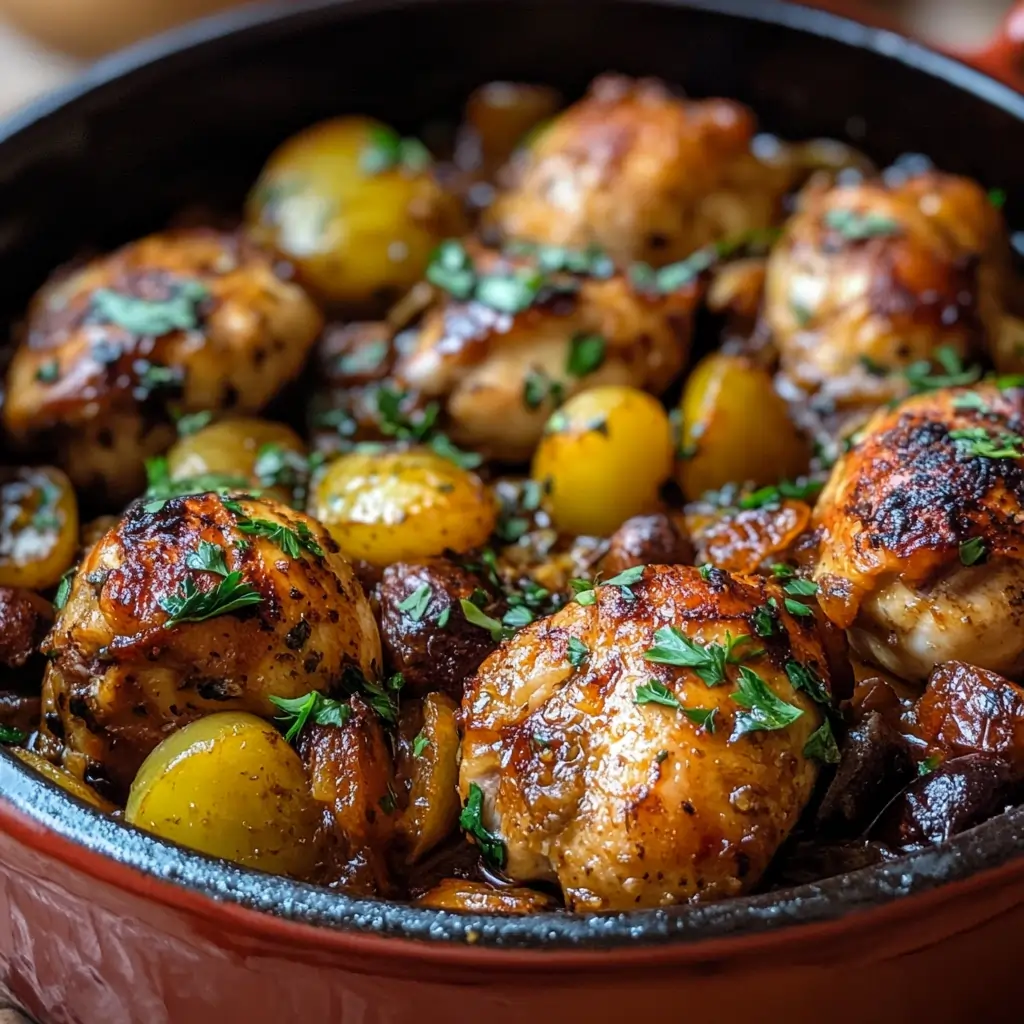
FAQ’s
What is Daghmira?
Daghmira is a traditional Moroccan dish, often made with chicken or lamb, that features a rich combination of spices, vegetables, and sometimes dried fruits. The dish is typically slow-cooked in a tagine, allowing the flavors to meld beautifully. Daghmira is known for its aromatic profile, incorporating spices such as cumin, coriander, and cinnamon, which are staples in Moroccan cuisine. The resulting meal is flavorful and often served with bread or couscous, making it a hearty option for family gatherings.
What is Mediterranean chicken made of?
Mediterranean chicken is a dish that highlights the vibrant flavors and ingredients characteristic of Mediterranean cuisine. Typically, it is made from chicken pieces marinated in a mixture of olive oil, lemon juice, garlic, and an array of herbs and spices such as oregano, thyme, and rosemary.
Additionally, Mediterranean chicken often includes vegetables like bell peppers, tomatoes, and olives, which contribute to its refreshing taste. The dish can be grilled, roasted, or baked, making it versatile and appealing to many palates.
What is the difference between roasted and baked chicken breast?
The primary difference between roasted and baked chicken breast lies in the cooking method and temperature. Roasting typically involves cooking chicken at a higher temperature (usually above 400°F or 200°C) and often results in a crispy skin due to the dry heat. It is generally used for larger cuts of meat, allowing for browning and caramelization on the outside while keeping the inside juicy.
On the other hand, baking is done at a lower temperature (around 350°F or 175°C) and often results in a more even cooking process. Baked chicken breast may not develop the same level of browning or crispiness as roasted chicken. In summary, while both methods cook chicken, roasting focuses more on achieving a crispy exterior, whereas baking emphasizes even cooking.
Is it better to bake chicken with or without foil?
Whether to bake chicken with or without foil depends on the desired outcome. Baking chicken without foil allows for better browning and crispiness, as the dry heat circulates around the meat. This method is ideal for achieving a golden, crispy skin, especially for whole chickens or chicken pieces.
Conversely, baking chicken with foil can help retain moisture, making it a good option for lean cuts such as chicken breasts. This technique prevents the chicken from drying out during the cooking process. Additionally, covering the chicken with foil can be beneficial for longer cooking times, allowing it to cook evenly without over-browning. Ultimately, the choice between foil or no foil depends on your personal preference for texture and moisture.
Is oven-baked chicken healthier than fried chicken?
Yes, oven-baked chicken is generally considered healthier than fried chicken. Baking does not require the use of additional oil or fat, which can significantly reduce the overall calorie and fat content. Oven-baked chicken retains its natural flavor and moisture without the added calories from frying oils.
In contrast, frying cooks chicken in oil, which increases the fat content and calorie count. Furthermore, frying can produce unhealthy trans fats, especially when people reuse the oil multiple times. As a result, opting for oven-baked chicken is a healthier choice, offering a delicious and nutritious alternative to fried chicken.
What does ginger do to chicken?
Ginger adds a distinctive flavor and aroma to chicken dishes, enhancing their overall taste. It can provide a subtle warmth and spiciness that complements various cuisines, especially in Asian and Mediterranean recipes. Additionally, ginger has notable health benefits, including anti-inflammatory properties and aiding digestion.
When used in marinades or sauces, ginger can help tenderize the chicken, making it more succulent. Its natural enzymes break down proteins, resulting in a softer texture. Thus, incorporating ginger into chicken dishes not only elevates flavor but also contributes to a healthier meal.
Why is Chinese chicken pink?
Chinese chicken, particularly in dishes like stir-fries or orange chicken, may appear pink due to a combination of factors. One significant reason is the use of marinades that often include soy sauce, which can impart a reddish hue to the meat. Additionally, when chicken is cooked quickly over high heat, it may not always cook evenly, leading to a pinkish color in certain areas.
Moreover, the pink color can also be attributed to the cooking methods employed, such as stir-frying. This method often involves rapid cooking, which can prevent the chicken from reaching the temperature needed to turn fully white. However, it’s essential to ensure that chicken is cooked to a safe internal temperature of 165°F (75°C) to eliminate any risk of foodborne illness.
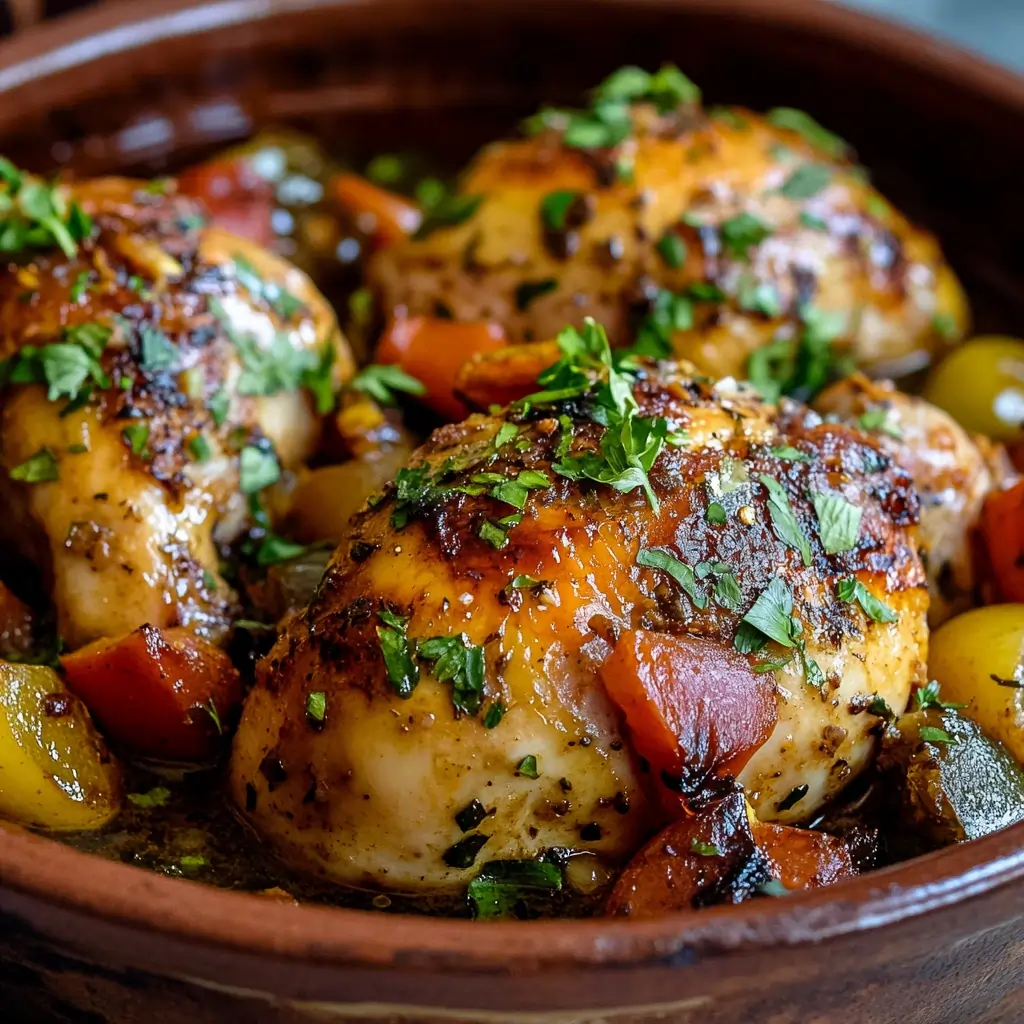
Conclusion
In conclusion, moroccan baked chicken is more than just a dish; it represents a rich tapestry of cultural heritage, flavors, and communal dining traditions. Through its unique blend of spices and key ingredients, it reflects the diverse influences that shape Moroccan cuisine. By preparing this dish, you not only enjoy a delicious meal but also participate in a longstanding tradition rooted in sharing and hospitality.
Whether for a family gathering, a festive celebration, or simply a cozy dinner, moroccan baked chicken is sure to impress with its vibrant flavors and cultural significance. Embrace this culinary journey, and savor the experience of sharing a beautifully prepared meal with loved ones.
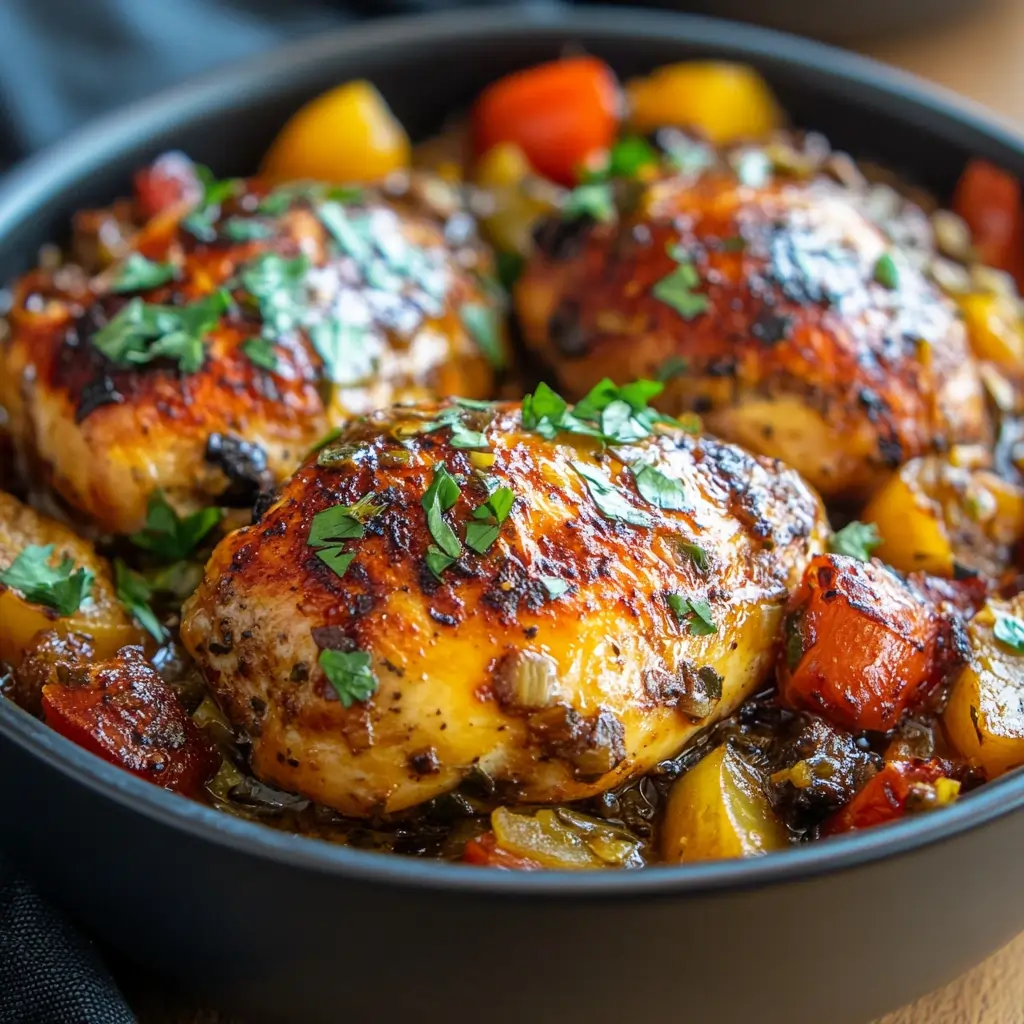
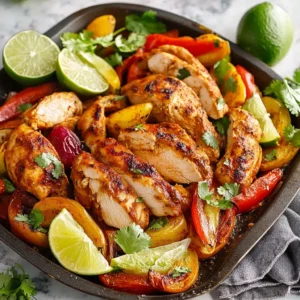
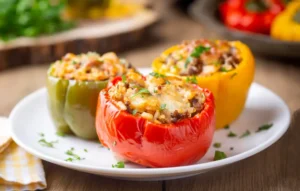
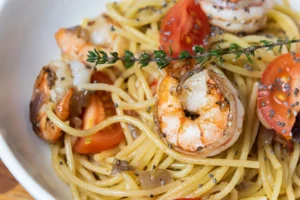
1 thought on “Moroccan Baked Chicken Recipe: Easy & Flavorful Dish”